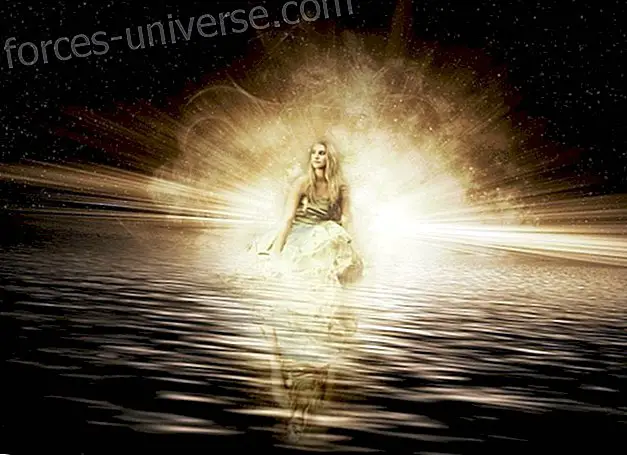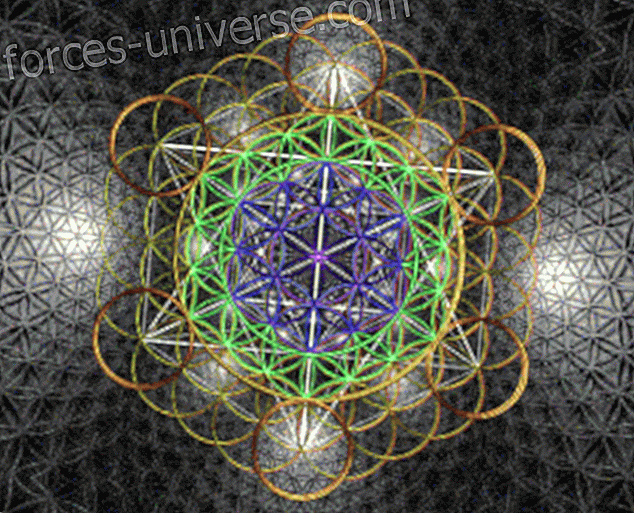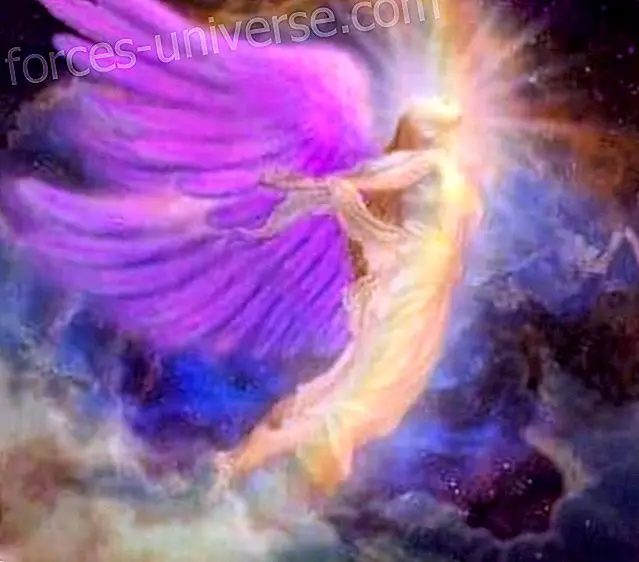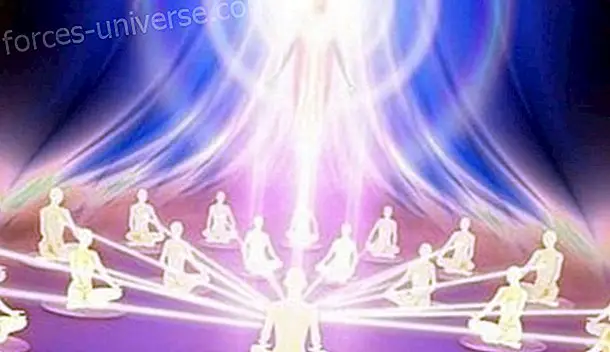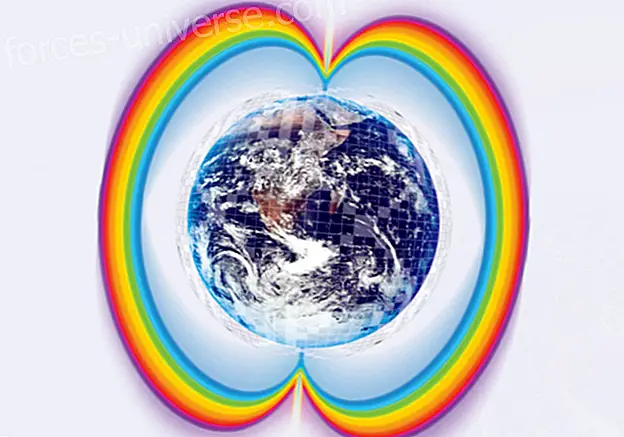 The "miraculous" is very difficult to define. But for me, this word had a very definite meaning. A long time ago I had come to the conclusion that to escape the labyrinth of contradictions in which we live, it was necessary to find an entirely new path, different from everything we had known or followed so far. But where this new or lost road began, I was unable to say it. Then I had already recognized as an undeniable fact that behind the fine film of false reality, there was another reality from which, for some reason, something separated us. The "miraculous" was the insight into this unknown reality.
The "miraculous" is very difficult to define. But for me, this word had a very definite meaning. A long time ago I had come to the conclusion that to escape the labyrinth of contradictions in which we live, it was necessary to find an entirely new path, different from everything we had known or followed so far. But where this new or lost road began, I was unable to say it. Then I had already recognized as an undeniable fact that behind the fine film of false reality, there was another reality from which, for some reason, something separated us. The "miraculous" was the insight into this unknown reality.
I came to the conclusion that a school — no matter what it is called: school of occultism, esotericism or yoga — must exist on the ordinary terrestrial plane like any other type of school: painting, dance or middle school. I realized that the idea of schools “on another plane” was simply a sign of weakness: this meant that dreams had replaced the real search. Thus I understood that dreams are one of the biggest obstacles in our eventual path to the miraculous.
People invent miracles and invent exactly the only thing that can be expected of them. It is a mixture of superstition, autosuggestion and intellectual weakness; but these stories, according to what I have been able to observe, never appear without some collaboration on the part of the men to whom they are referred.
The development of consciousness is carried out simultaneously in two directions, towards the greatest and towards the smallest. To be known, the biggest and the smallest, one and the other, also require an inner change from man. If we look for parallels or analogies between the cosmos, we can consider each of them in three relationships:
“1st in his relationship with himself;
“2nd in its relationship with a higher or larger cosmos;
“3rd in its relationship with a lower or smaller cosmos.
“The manifestation of the laws of one cosmos in another cosmos constitutes what we call a miracle. There can be no other kind of miracle. A miracle is neither a violation of the laws nor a phenomenon outside the laws. It is a phenomenon that takes place in a cosmos according to the laws of another cosmos. These laws are unknown and incomprehensible to us, therefore they are miraculous.
Some teachings compare man to a house with four rooms. Man lives in the smallest and most miserable of all, and until told, he has no suspicion of the existence of the other three, full of treasures. When he hears about them, he starts looking for the keys to these rooms, especially the fourth one, the most important of all. And when a man has found the means to penetrate it, he really becomes the master of the house, because it is only then that the house belongs to him fully and forever.
At present, you can see the need for this house to have Domiciliary Public Services: gas is related to the energy needed to heat and prepare food, water with the emotional, electricity with the mental and telephone with the intercommunication.
HOUSE | SERVICE | INPUT | PROCESS | PRODUCT |
Kitchen | Gas | Procedures | Automation | Instinct |
Bathroom | Water | Feelings | Self control | Inspiration |
Bedroom | Electricity | Thoughts | Meditation | illumination |
Room | Telephony | Meanings | Understanding | Intuition |
The fourth room gives man the immortality toward which all religious teachings strive to show him the way. There are a large number of roads, more or less long more or less hard; but all, without exception, drive or strive to lead in the same direction, which is that of immortality.
Immortality is not a property with which man is born, but she can be acquired. All paths that lead to immortality - those that are generally known and the others - can be divided into four categories:
1. The path of the fakir.
2. The way of the monk.
3. The path of the yogi.
4. The way of the disciple.
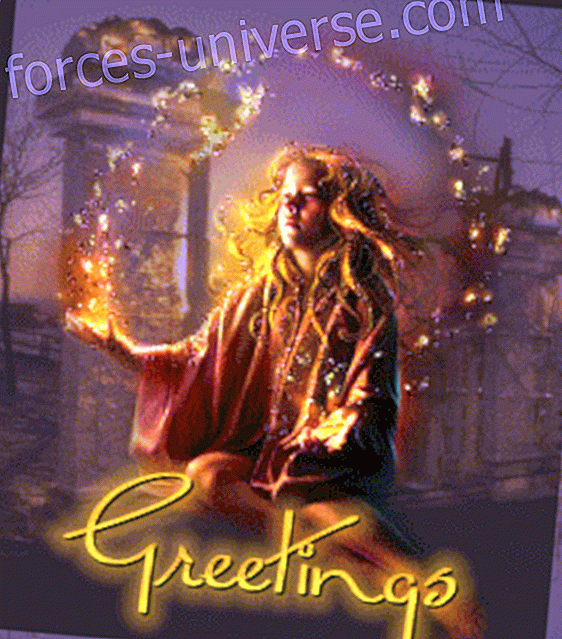 THE FAKIR ROAD
THE FAKIR ROAD
In all the attempts at explanation that he had found about the miracles of the fakirs, either they were explained as juggling, or they were intended that the performer knew very well what he was doing, and that if he did not reveal his secret it was because he did not want it because he was afraid to do it. In this case the point of view was completely different. G.'s explanation seemed to me not only likely but, I dare to say, the only possible one.
The fakir himself did not know how he did his gro milagro and naturally he could not explain it.
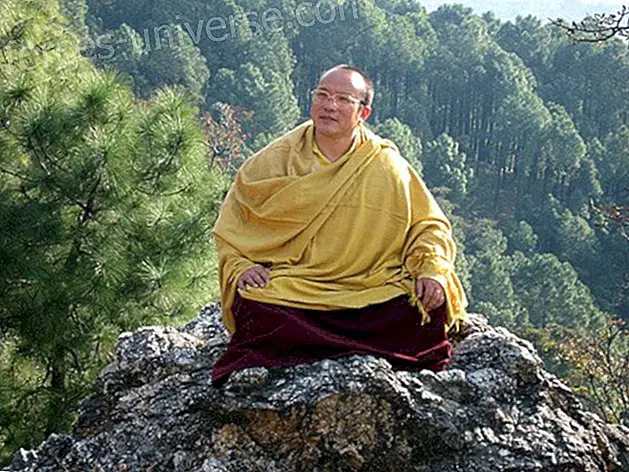 THE ROAD OF THE MONK
THE ROAD OF THE MONK
But there where there are schools of fakirs, there are also schools of yogis. In general, yogis do not lose sight of the fakirs and if a fakir gets what he wants before being too old, they take him to one of his schools to cure him; they restore in him his power of movement, after which they begin to teach him. A fakir has to learn to speak and walk again as if he were a child. But now he has a will that has overcome incredible difficulties and this can help him overcome the difficulties that still await him in the second part of his path, in which he will try to develop the intellectual and emotional functions.
The second is that of the monk. It is the path of faith, religious feeling and sacrifices. A man who did not have very strong religious emotions and a very intense religious imagination could not become a mon monje in the true sense of the word.
The way of the monk is also very hard and very long. The monk spends years and tens of years fighting against himself; but all his work is concentrated on the second room, on the second body, that is, on feelings. By submitting all his other emotions to one, which is faith, he develops in himself the unity, the will over the emotions, and by this way he reaches the fourth room. But his physical body and intellectual abilities can run out of development. In order to use what he will have obtained, he will have to cultivate physically and intellectually. This can only be done through new sacrifices, new austerities, new resignations. A monk has to become a yogi and a fakir. Those who go so far are very scarce; more scarce even those who succeed to triumph over all difficulties. The majority dies before arriving at this or it does not become monjes but in appearance.
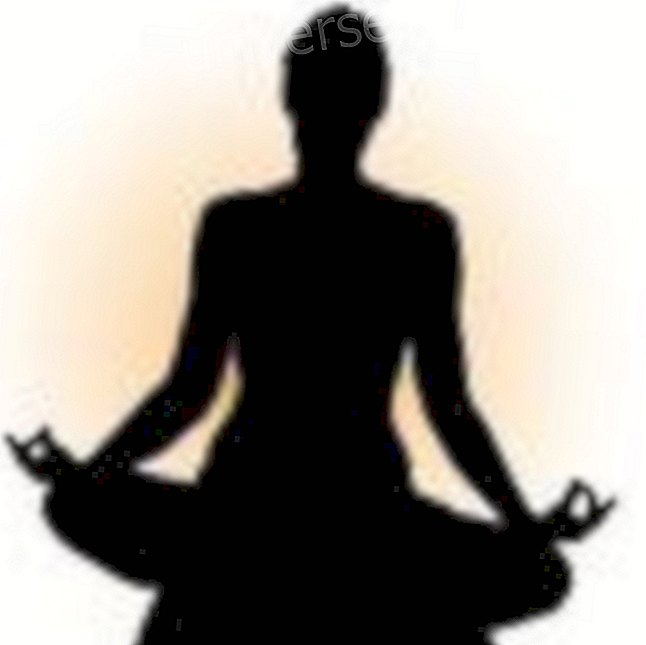 THE ROAD OF YOGUI
THE ROAD OF YOGUI
“The third way is that of the yogi. It is the path of knowledge, the path of intellect. The yogi works on "the third room" to get into the fourth through his intellectual efforts. The yogi reaches "the fourth room" by developing his intellect, but his body and emotions remain undeveloped and, like the fakir and the monk, he is unable to take advantage of his victory. He knows everything but he can't do anything. To be able to do, you must conquer dominion over your body, over your emotions, that is, over the first and second rooms. To achieve this, you need to start working again, and you will not get results without prolonged efforts. In this case, however, he has the advantage of understanding his position, knowing what he lacks, what he must do, and the direction he must follow. But, just as in the path of the fakir or of the monk, those who acquire such knowledge are also very scarce, that is, they obtain the level at which a man can know where he is going. Most stop at a certain degree of development and do not go further.
 THE ROAD OF THE DISCIPLE
THE ROAD OF THE DISCIPLE
A disciple is one who has committed himself to find a way to express himself as a soul and awaken and stimulate all other souls of those with whom he comes in contact. A disciple is one who tries at all times to help humanity, to make progress in the processes of evolution and to develop that deep love for humanity, characteristic of the apprentice and the Master.
The disciple follows a personal discipline according to the Master who wants me to train him in aspects such as: Humanity, The plot of life (the soul and its identity with the super-soul) and service.
It is possible to follow the fourth path and work on it while one continues to attend to their ordinary occupations, in the usual conditions of life, without cutting off one's relationships with people, without abandoning anything. This path does not demand renunciation. On the contrary, the living conditions in which a man finds himself when he undertakes work - or in which work surprises him, so to speak - are the best possible for him, at least at the beginning. Because they are natural to him.
The four paths differ greatly from each other in relation to the teacher, or the spiritual guide.
In the path of fakir a man has no teacher in the true sense of the word. In this case, the teacher does not teach, it simply serves as an example. The student's work is limited to imitating the teacher.
The man who follows the monk's path has a teacher and part of his duties, part of his task, is to have absolute faith in him, to submit completely to his teacher, to obey. But the essential in the way of the monk is the tea in God, the love of God, the uninterrupted efforts to obey God and serve him, although in his understanding of the idea of God and the service of God, there may be a great part of subjectivity and many contradictions.
“In the path of the yogi, nothing should be done, and nothing should be done without a teacher. The man who undertakes this path must at first imitate his teacher as the fakir and believe in him as the monk. But then, gradually, he becomes his own teacher, learns his teacher's methods and gradually exercises himself in applying them to himself.
But all roads, both the fakir and the monk and the yogi, have one point in common. Everyone starts with what is more difficult, a total change of life, a renunciation of everything that is of this world. A man who has a home, a family, must abandon them, must renounce all the pleasures, attachments and duties of life, and leave the desert, enter a monastery or a yogi school. From the first day, from the first step on the road, he must die for the world; Only then can you expect to get something in one of these ways.
The disciple, by being self-conscious, learns to regulate and control his own mental processes, since the Master has made a transfer of his knowledge and the technique of self-control. The fourth path differs from the others, in that it demands from man first of all understanding. Man must do nothing without understanding - except as an experiment, under the control and direction of his teacher.
FROM MAGIC TO MASTERY
The magic
Magic is based on the internal powers that the soul of the human being possesses. Magician is one who comes into contact with his soul and can handle the energy: achieving the communication of the soul with the mind and the brain, meditating on the Plan of evolution and the problems that arise, coordinating the purpose of the soul with the actions to execute the Plan.
Magic and Miracle are the thought-energies that, having Knowledge and Understanding, can create and gather the chemical elements necessary for this or that Idea or project. The magic consists in understanding the Idea, the Miracle in realizing it and the Mystery in revealing it.
A Course in Miracles
Redemption
Redemption is the purification of the substance, the clarification of mental forms, the correction of perception, whose means is forgiveness. Redeemer is one who collaborates in the atoning work of creation, he who penetrates the world of meanings in order to reveal it to others: coordinating the three vehicles of his personality, communicating personality with his soul, inspiring personality to redeem All the Divine Lives.
The keynote that governs the development of the sixth ray disciple is expressed in the words of Christ when he said: "If I were promoted, I will draw all men to Me"
| INPUT | PROCESS | ROAD | TECHNIQUE | OUTCOME |
Maya | Transmission | Fakir | Indifference | Inspiration |
Mirage | Transformation | Monk | Light | illumination |
Delusion | Transfiguration | Yogi | Presence | Intuition |
Shadow | Transcendence | Disciple | Fusion | Release |
A Course in Miracles 2. Exercise Book
Mastery
Wisdom is intelligence applied to experience. Master of Wisdom is one who knows the meaning of conscience, life and spirit, and can directly reach the "bosom of his Father in Heaven." He is the one who has reached the fifth initiation.
Master Jesus received the fifth initiation in his incarnation as Apollonius of Tiana and became a Master of Wisdom. Since then he remained and acted in the Christian Church, fostering the germ of true spiritual life among the members of sects and divisions, and neutralizing as much as possible the errors and mistakes of clergy and theologians.
A Spiritual Master is everyone who decides to be, is guided under the principle that the general interest prevails over the particular interest. Jesus Christ followed the six service line and his disciples want to follow in his footsteps. The three powers of the mind are Intuition, Telepathy and Healing, the course of miracles focuses on the latter.
Master's Manual
EDITOR'S NOTES.
By 1914 Ouspensky was in search of the miraculous, he met Gurdjieff who introduced him to the fourth road. In 1928 Carl Jung receives from his friend Richard Wilhelm the book The Secret of the Golden Flower, to which he adds his comment from analytical psychology, treating the shadow as one of the archetypes of the collective unconscious. Between 1935 and 1944 Alice Bailey collects the teachings given by the Tibetan Master to a group of disciples about Mirage, as well as the techniques for the integration of each of the Personality vehicles. This course of Miracles was given in 1976 by a psychologist who claims to have channeled Jesus, Helen Schucman.

 THE FAKIR ROAD
THE FAKIR ROAD  THE ROAD OF THE MONK
THE ROAD OF THE MONK  THE ROAD OF YOGUI
THE ROAD OF YOGUI  THE ROAD OF THE DISCIPLE
THE ROAD OF THE DISCIPLE 
